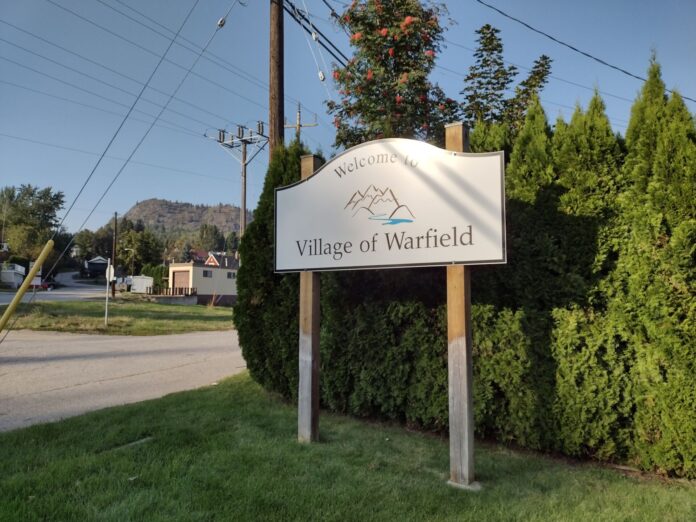A referendum on amalgamating the Village of Warfield and the City of Trail isn’t likely before 2027, if it happens at all, a consultant said Monday.
Allan Neilson of Neilson Strategies also told Trail city council that the study that needs to be conducted in advance of such a vote won’t come cheap.
The city and the village hired Neilson to lay out a process for the study that would set the stage for a municipal merger, but not to conduct the study itself.
Neilson, who also presented to Warfield council the same day, said there are a few possible approaches to governing the study, including a citizens assembly, which is the model being used in Victoria and Saanich, where an amalgamation process is ongoing.
However, for Warfield and Trail he recommends a joint council-resident steering committee, made up of two council members and four residents from each municipality. They would work with whomever is hired to do the study and focus on process rather than advocacy, serving as an impartial information-gathering body that would ultimately recommend to each council whether a referendum should be held.
Neilson suggested this would be the “most streamlined and cost effective” option. Such a group might also have representation from First Nations and from the business community, either through the Chamber of Commerce or Teck, he said.
The study would look at the impacts of amalgamation, listen to residents’ views and answer their questions, and decide whether there is enough community interest and a sufficient rationale to move ahead on amalgamation, Neilson said. In order to become reality, separate referendums would have to pass in each municipality.
But it won’t happen quickly. Neilson said assuming the provincial government approves funding for the study, it would be a 12-to-18 month process, putting its completion beyond the next local government elections in the fall of 2026.
He said the study could likely be completed by the summer of 2027 at an estimated cost of $150,000 to $200,000. While it would funded in large part by the Ministry of Housing and Municipal Affairs, each municipality would also be expected to chip in.
The process would be informed by an already-completed Warfield sustainability study that suggested the village’s financial future is going to be an ongoing challenge, so it may benefit from amalgamation.
Neilson said since Trail is the larger municipality, it stands to reason that the city would extend its boundaries to take in Warfield, in some cases taking over existing services and in others providing them where they don’t currently exist.
The study would need to determine how much money would be required to pay for all services in the expanded municipality, Neilsen said, and to ensure the tax implications are fair to both jurisdictions. For instance, he said there is no expectation for Trail residents to pay to address Warfield’s water issues.
“That would be something that Warfield ratepayers would be expected to fund entirely,” he said.
Following his meetings with the two councils, Neilson is expected to provide a final report proposing terms of reference for the amalgamation study.
While many restructuring studies have taken place in Greater Trail and elsewhere over the past few decades, there has been no change to West Kootenay’s municipal map since Castlegar and Kinnaird amalgamated in 1974.
Be the first to know! Don’t miss out on breaking news and daily updates in your area. Sign up to MyKootenayNow News Alerts.






